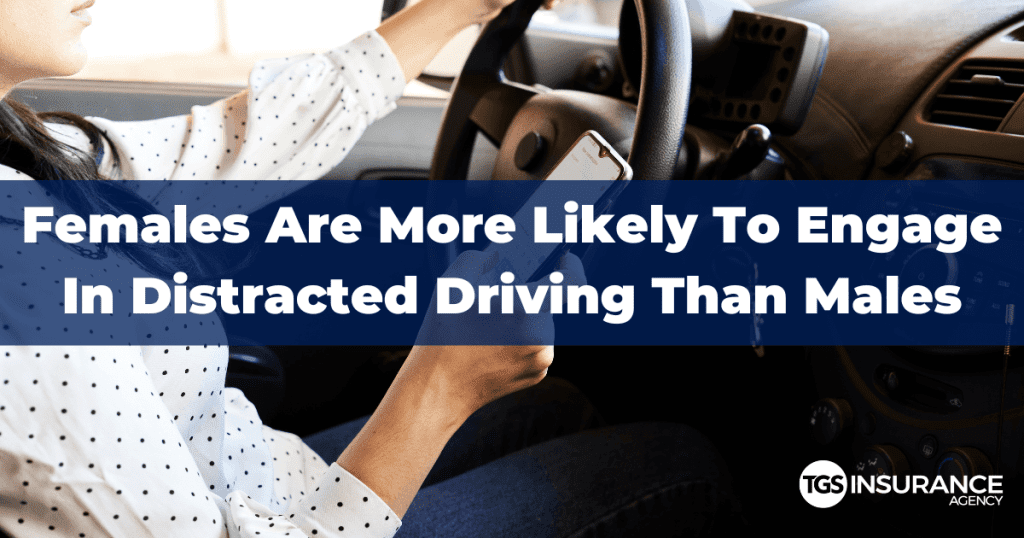
The auto insurance industry has undergone massive changes thanks to new inventions. From faster cars to seat belts and now cell phones—all of these things have substantially impacted the safety of those who take to the roads in the United States. In fact, drinking and driving are quickly being overtaken by distracted driving as the most common contributing factor behind automotive accidents. However, a new study found that females are far more likely than males to engage in distracted driving.
What is Distracted Driving?
Put simply, it means looking at something other than the road. Most often, this refers to driving while looking at your cell phone. Clearly, this presents a huge danger to people on the road, with others who aren’t even paying attention to what’s in front of them.
Is Distracted Driving Dangerous?
According to the Insurance Journal, people who regularly text while driving are six times more likely to get in a car crash. Talking on a cell phone doesn’t give you much better odds. People who are talking on a mobile device are twice as likely to crash when driving.
Overall, cell phones are a factor in approximately one-quarter of car crashes in the United States. Of course, that does not include hands-free devices. If you have to take a call while driving, the best way to do it is to use a Bluetooth system so you can keep your hands on the wheel and your eyes on the road.
Who Engages In Distracted Driving?
The study in the International Journal of Risk Analysis found four distinct profiles of people far more likely to engage in distracted driving than anyone else. Female drivers are far more likely to engage in distracted driving, as are drivers with a negative attitude towards safety, drivers who use their phones more than others normally, and highly disinhibited drivers.
One of the studies authors, Oscar Oviedo-Trespalacios, spoke with the Insurance Journal about this study, saying that “Drivers are not good at identifying where it is safe to use their phone. It is safer for drivers to just pull over in an appropriate place to use their phone quickly and then resume their journey.”
While this study has brought some interesting statistics to light, the truth is that no matter your gender or “profile,” it’s important not to drive and look at your phone. Distracted driving is dangerous for the driver and everyone else on the road. No text is more important than life.